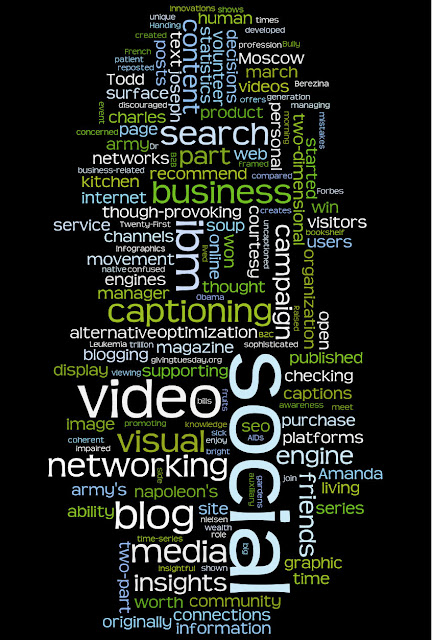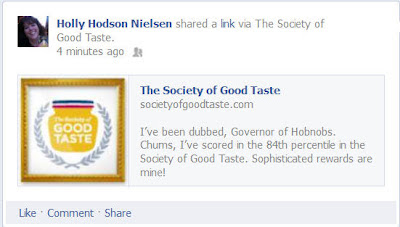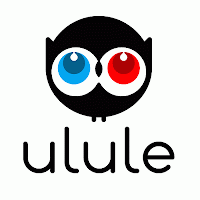I saw a tweet yesterday that caught my attention; yet scared me at the same time.
I took a deep breath, and clicked on the
YouTube link.
I watched a beautiful young woman tell her story — pouring out her heart about some stupid mistakes she made, and how miserable she'd become from the incessant bullying that had taken over her life, even through multiple school changes. Of course I was crying before the end of the 8 minute and 55 second video. And with a heavy heart, I googled her name to find out that she committed suicide
last Wednesday.
And I'm heartbroken. And discouraged. And finally, outraged.
How did we get to this? I've been an outspoken advocate and supporter of these amazing new technologies that enable us to connect, person-to-person, with others around the world: fighting injustice, toppling evil regimes, collaborating, crowdsourcing and sharing news, ideas, solutions, projects and money, encouraging words, and yes, even funny cat photos.
But when and how did this instantaneous connection and documentation of our every memorable moment flip to this dark side where bullying and the never-deletable online mistakes can so haunt our youth, leading some of them to believe that their lives are ruined, and no longer worth living?
If you were a teenager who never did a single stupid thing, please step forward or raise your hand. Yeah, that's what I thought. We all did it — it's part of growing up and self discovery. Of course, our mistakes were usually kept small and local, and not publicized to the world at large.
The first glimpses we've had at this public outing of teenage growing pains were with young stars — actors, musicians — who did their growing up in the bright and unforgiving lights of the public view. Could anyone forget Britney Spears' or Lindsey Lohan's breakdowns and mistakes paraded for us all to see? And. awful as it is, that public exposure of foolish or thoughtless moments that should be private are considered one of the costs of fame and fortune.
But Amanda Todd? She wasn't famous. Or rich. She was just a confused teenager who made a few bad decisions, including her selection of "friends". And was bullied and harassed until she felt like her life was not worth living, and ended it.
And that is wrong. Morally reprehensible. Unforgivable.
So how do we stop losing any more of our children and teenagers to the public humiliation that makes them choose to leave us?
I have three suggestions:
1) Education and awareness
2) Activism
3) Legislation
Education and Awareness
Education is critical. Education for teens and for their parents. Your digital footprint and shadow are permanent. Once a photo or post is out on the Internet, it's not retrievable. Last year IBM created some
activity kits — amazing resources that are free to the public to use and share. I presented
Control Your Online Identity. Help teenagers learn to protect their personal data online to two groups of middle schoolers attending a summer camp at the IBM Almaden Research Lab. I'm a pretty savvy social media user, and I still learned a few things. There is a second activity kit available for parents and/or teachers on
Cyber-bullying.
Both kits can help concerned adults help this generation navigate a safe path through this uber-connected and uber-documented online world we now live in.
Activism
Raise your voice. Use your social connections to inform the corporations who create and own these social media tools and platforms that privacy is of utmost importance, and is not to be ignored or minimized. Bullying and harassment need to be dealt with harshly.
Tweet, send emails, make comments on their brand pages, sign petitions. These companies are listening — of that you can be assured.
Legislation
The Children's Online Protection Privacy Act of 1998 was the last time a federal privacy law for minors was enacted. And it only protects children under the age of 13. Hello? 1998? With all of the changes that have occurred online in just the last three years? Contact your legislators and tell them that new, stricter legislation is critical to protect our youth, all of our youth, against bullying, harassment, and unathorized usage of images. Today.
Amanda Todd and her potential are gone. Her family's hearts are broken. But maybe we can save other lives.
October 16, 2012 Update:
Amanda Todd's Alleged Bully Named By Anonymous After Teen's Tragic Suicide



























